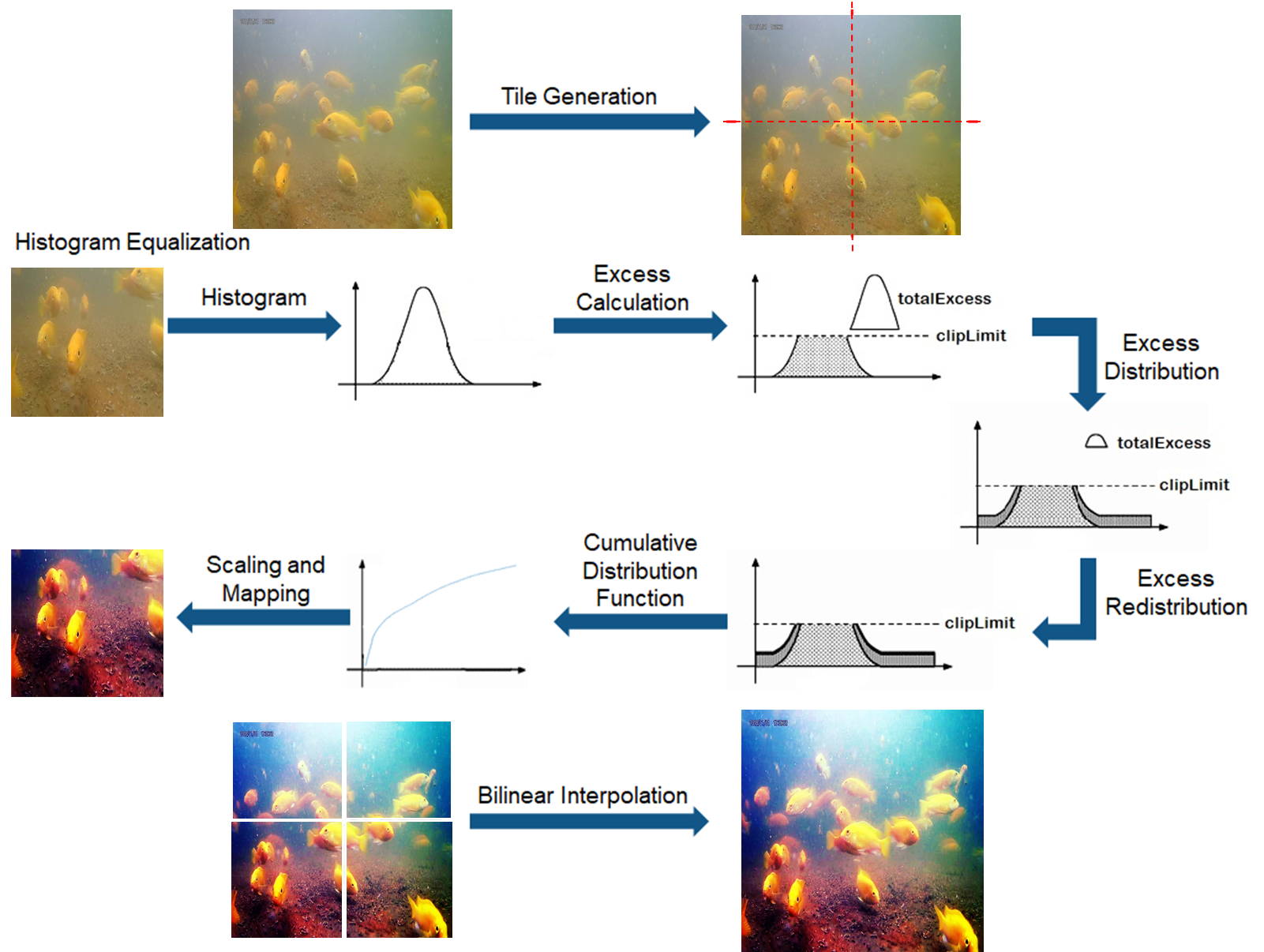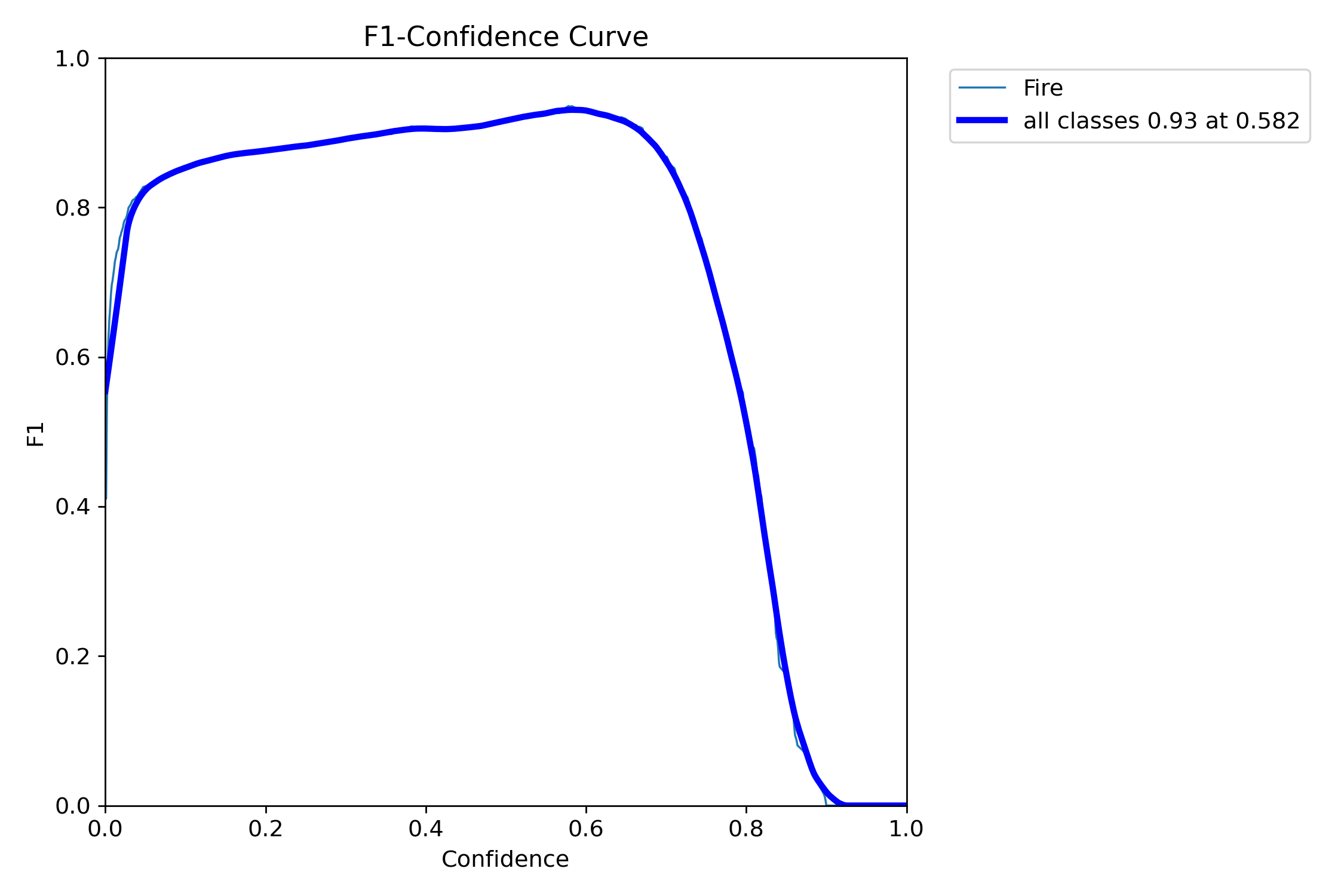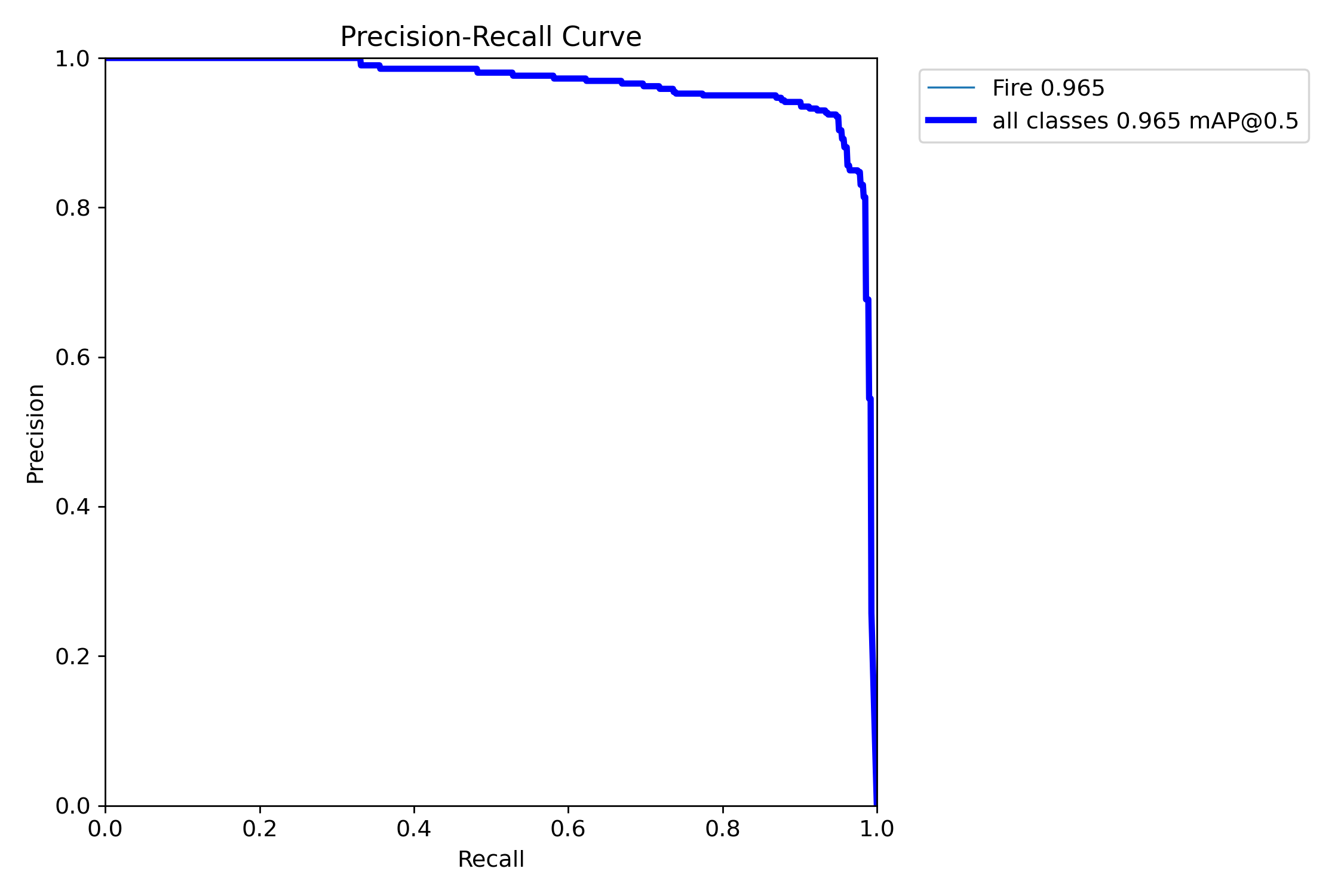In the current era, aquaculture plays a pivotal role in our nation's economy. However, the presence of fish diseases poses a significant challenge, leading to substantial productivity and economic losses across aquaculture farms of all scales. Detecting unhealthy fish manually is labor-intensive and time-consuming, necessitating the implementation of intelligent systems for efficient disease prevention and fish welfare. The initial step in fish health monitoring is automated and precise fish detection from underwater images/videos, which is highly challenging due to complex underwater conditions, such as variable lighting, water turbulence, and object occlusion. To address this, a study introduced the CLAHE-YOLOv8s fish detection algorithm, utilizing Contrast Light Adaptive Histogram Equalization to enhance underwater images and achieve more accurate fish detection. Training with a pond fish dataset of 5,950 images, the CLAHE-YOLOv8s model demonstrated superior performance in terms of accuracy and processing time compared to MSR-YOLOv8s (Multi Scale Retinex Enhancement). Future improvements could involve training the models with pre-trained weights from other public fish detection datasets to enhance accuracy.
CLAHE Algorithm:
- Set up Python environment with Conda:
conda create -n myenv python=3.10
conda activate particlesfm
- Clone the Repo:
git clone https://github.com/aathanush/PondFishDet
- Install Dependencies:
cd PondFishDet
pip pip install -r requirements.txt
| Model | mAp50 (training) | F1 score (training) | Image preprocessing time | Inference time(s) | Total time(s) |
|---|---|---|---|---|---|
| MSR-YOLOv8s | 0.964 | 0.9288 | 0.0218 | 1.256 | 1.277 |
| CLAHE-YOLOv8s | 0.970 | 0.929 | 0.0185 | 1.165 | 1.183 |
@article{LI2022104759,
author = {Xinjie Li and Guojia Hou and Kunqian Li and Zhenkuan Pan},
title = {Enhancing underwater image via adaptive color and contrast enhancement, and denoising},
journal = {Engineering Applications of Artificial Intelligence},
doi = {https://doi.org/10.1016/j.engappai.2022.104759},
}



.jpeg?raw=true)
.jpeg?raw=true)
.jpeg?raw=true)
.jpeg?raw=true)
.jpeg?raw=true)
.jpeg?raw=true)